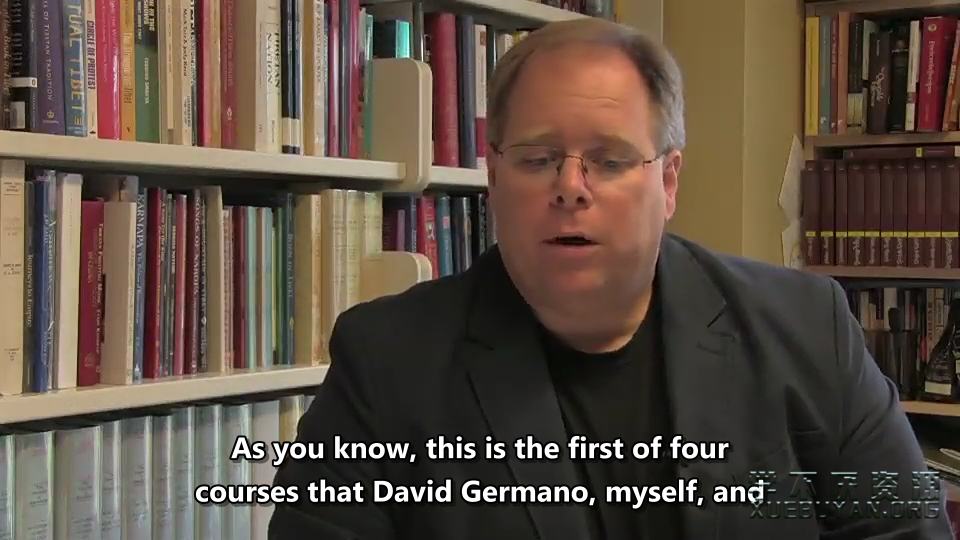
课程名称: Tibetan Buddhist Meditation and the Modern World: Lesser Vehicle 藏传佛教禅修与现代世界:小乘佛教
课程主页: https://www.coursera.org/learn/buddhist-meditation
所在平台: Coursera
课程类别: 人文艺术 Arts and Humanities
大学或机构: 弗吉尼亚大学
讲师: David Germano
授课语言: 英语
提供字幕: 英文
课程文件大小: 5.49GB
课程介绍: Tibetan Buddhist Meditation and the Modern World explores the immense variety of meditation practices past and present. We present their histories, their philosophical underpinnings, their transformations in the modern global world, and we give you a chance to reflect upon meditation practices through secular contemplations designed just for this course. We use a traditional, if overly simplistic, way of grouping Buddhist philosophical systems and ritual-contemplative practices into “three vehicles”, three programs of theory and practice supporting the personal journey from suffering to enlightenment. This scheme became normative in India and Tibet: (i) the Lesser Vehicle (Hīnayāna), (ii) the Great Vehicle (Mahāyāna), and (iii) the Adamantine Vehicle (Vajrayāna), also referred to as “esoteric Buddhism” or “Buddhist tantra”. To this, we will add a fourth Vehicle which is explicit in many Tibetan materials, though no standard term ever emerged that was accepted by all sectarian traditions – we will thus term it as the “Natural Vehicle” or “Post Tantra”. We follow an indigenous Tibetan tradition in terms of characterizing each with a specific orientational paradigm – repression, refinement, transformation, and natural freedom. These twelve meditative traditions constitute the framework for the course’s discussion of the main streams of Tibetan Buddhist meditation. The five modules of the present course, dedicated to Lesser Vehicle practices and perspectives, treat the first five of these twelve types. Each module in turn has four components: (i) the specific Buddhist meditation in its traditional presentation and practice; (ii) modern scientific research into its efficacy and dynamics, or on practices, principles, and processes related to this type of meditation in our analysis; (iii) the fact, problems, and opportunities of modern secular adaptations in a variety of educational, professional, and personal settings; and (iv) secular practices for experimentation, which are either direct adaptations or new practices designed to give an experiential sense of some of the principles underlying the Buddhist meditative practice.
课程大纲
Tibetan perspectives on the foundations of contemplative practice; early Buddhist meditations; the beginnings of Western Buddhist meditation; and an introduction to the science of meditation. Includes lectures by Dr. Clifford Saron, Khenpo Tsultrim Lodro, and Tsoknyi Rinpoche, as well as an interview with David McMahan. Contemplative labs with Anne Klein and Anam Thubten
课程压缩包下载地址(度盘链接):
友情提醒:
 学不厌资源
学不厌资源











评论前必须登录!
注册